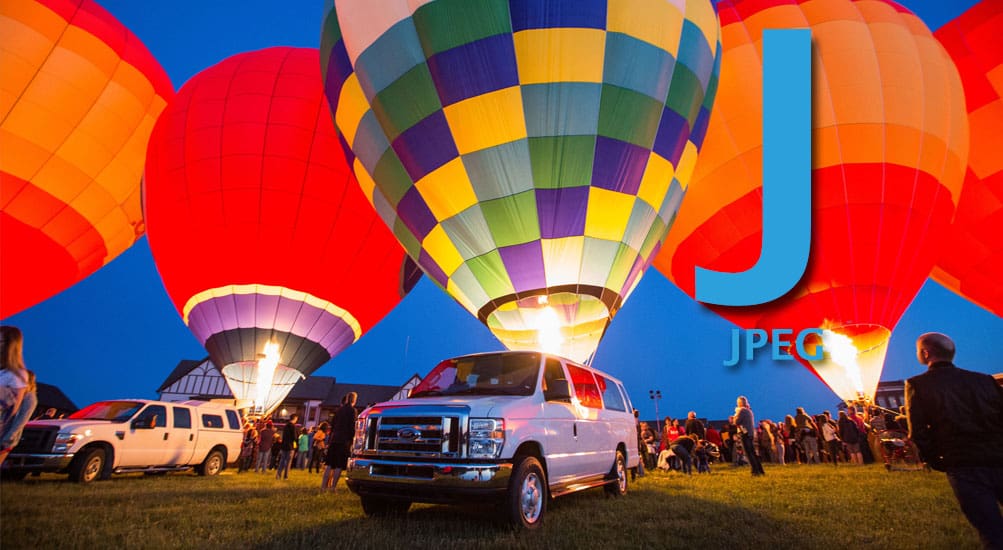
The A to Z of Digital Signage: J is for JPEG
Images and videos are the most common forms of content for Digital Signage and the best image format to use, to achieve the best balance between quality and file size, are JPEG images. JPEG (which stands for “Joint Photographic Experts Group”, the name of the committee that created the standard) is one of the most common image standards in the world and was first created in 1992. These types of image files can be identified by their two most common file extensions – “.jpg” and “.jpeg”.
Content used on Digital Signage displays can be varied; from photo slideshows to graphics based adverts. The JPEG compression method is ideal for photographs and graphics based images with smooth variations of tone and colour. Unlike file formats such as GIFs and PNGs, JPEG images do not limit the number of indexed colours that can be used so have the potential to look a lot more vibrant, again making them ideal for Digital Signage.
With many network based Digital Signage projects, such as cases when a screen has a 4G data connection, file size is an important factor. Due to the compression method JPEGs their file size can be minimised without losing significant image quality. Just like when they are used on websites to optimise page loading speed, this also makes them the ideal image type to use when content is being synchronised on multiple screens to minimise any lag.
To find out more about which media formats are optimised for Digital Signage get in touch with us today on +44 (0)121 421 4458 or email info@allsee-tech.com.

Thomas Fraser-Bacon is the Marketing Director for Allsee Technologies. His background is in Digital Signage and Product Design.


